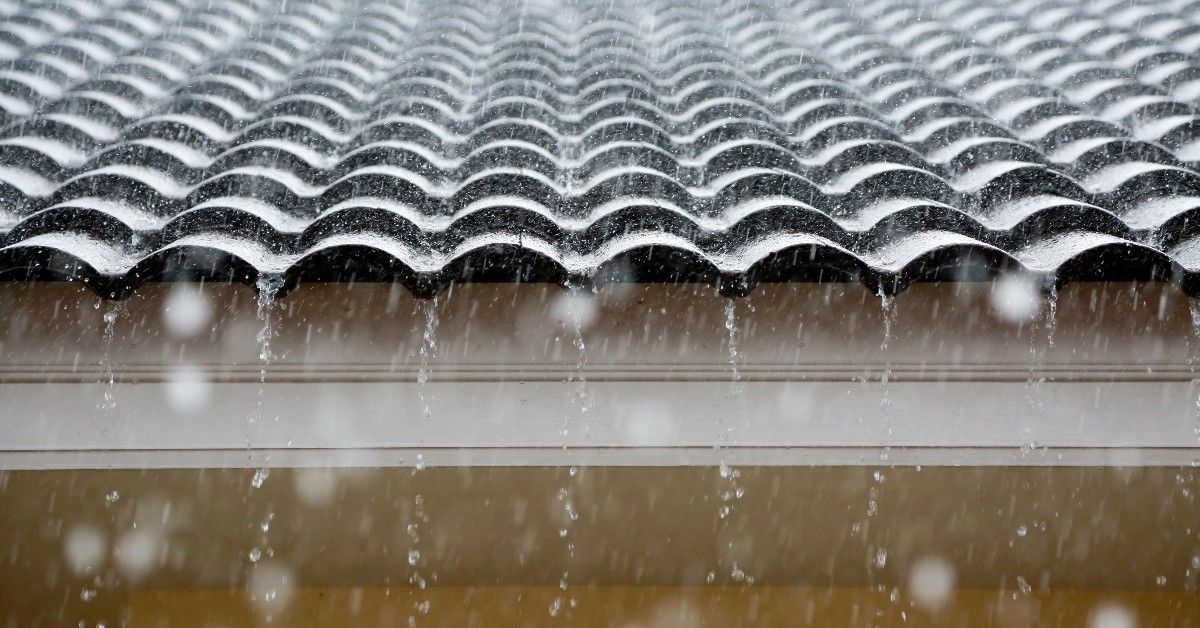
Image: storables.com
Introduction
In the realm of adhesives, B7000 stands as a prominent force, trusted by DIY enthusiasts and professionals alike for its bonding prowess. Its versatility spans a wide array of materials, including metal, glass, plastic, and wood, making it an invaluable tool for countless projects.
However, one of the most common questions surrounding B7000 is its drying time. Understanding the curing process is crucial to ensuring successful bonding and avoiding project delays. In this comprehensive guide, we will delve into the intricate details of B7000’s drying time, exploring the factors that influence it and providing tips to optimize the process.
Surface Preparation and Adhesive Thickness
The drying time of B7000 is directly influenced by surface preparation and adhesive thickness. Before applying the adhesive, ensure that the surfaces are clean, dry, and free of any contaminants. This will enhance adhesion and reduce the likelihood of weak or delayed bonding.
Additionally, the thickness of the adhesive layer plays a significant role in drying time. A thicker layer will naturally require more time to cure. Therefore, it is important to apply B7000 judiciously, using only enough to form a thin, uniform bond between the surfaces.
Temperature and Humidity Levels
Environmental conditions, particularly temperature and humidity, have a noticeable impact on B7000’s drying time. Warmer temperatures generally accelerate the curing process, while cooler temperatures can slow it down. Ideally, B7000 should be applied and allowed to dry in a temperature-controlled environment between 68°F (20°C) and 77°F (25°C).
Humidity can also influence drying time. High humidity levels can prolong the curing process, as the moisture in the air can interfere with the formation of strong bonds. Therefore, it is recommended to avoid applying B7000 in excessively humid environments.

Image: voxblend.com
Drying Timeframe
Under optimal conditions, B7000 typically takes between 24 to 48 hours to fully cure and reach its maximum bond strength. However, it is essential to note that the surface handling time may vary depending on the specific materials and the thickness of the adhesive layer.
For light handling and manipulation, B7000 generally forms a workable bond within 1 to 2 hours. However, heavy-duty applications or projects that require high levels of structural integrity should be allowed to cure for the full 24 to 48 hours before being subjected to significant stress or load.
Tips for Optimizing Drying Time
There are several effective strategies you can employ to optimize the drying time of B7000:
- Clean and dry surfaces: Ensure that the surfaces to be bonded are meticulously cleaned and dried before applying B7000.
- Thin, uniform layer: Apply a thin, uniform layer of B7000 to both surfaces to minimize drying time.
- Controlled temperature: Maintain the application and curing environment at a temperature between 68°F (20°C) and 77°F (25°C).
- Low humidity: Avoid using B7000 in environments with high humidity levels to accelerate drying time.
- Forced air circulation: Using a fan or hairdryer to circulate air around the bonded area can help to dissipate moisture and speed up the drying process.
FAQs
Q: How long should I wait before using the bonded object?
A: For light handling, allow 1 to 2 hours for B7000 to form a workable bond. For heavy-duty applications, wait the full 24 to 48 hours for maximum strength.
Q: What happens if I remove the bonded object before it is fully cured?
A: Removing the bonded object prematurely can weaken the bond or even cause the adhesive to fail completely. Allow ample time for B7000 to cure to ensure a strong and durable bond.
Q: Can I speed up the drying time of B7000?
A: While it is not advisable to rush the curing process, you can employ the optimization techniques described above, such as using a thin adhesive layer, maintaining a controlled temperature, and promoting air circulation, to reduce the drying time.
How Long Does B7000 Take To Dry
Conclusion
Understanding the drying time of B7000 is essential for achieving successful bonding and avoiding project delays. By considering surface preparation, adhesive thickness, temperature, humidity, and following the tips provided in this guide, you can optimize the drying process and ensure strong and durable bonds.
So, if you’re looking to bond a wide range of materials with ease, B7000 is an excellent choice. Just remember to allow ample time for proper curing and follow the guidelines outlined above for optimal results.
Do you have any questions or experiences related to B7000 drying times? Share them in the comments section below, and let’s continue the discussion!





:max_bytes(150000):strip_icc()/ideas-for-removing-odors-from-wood-3536463-FINAL-54b76a445dfb41acb4ba0c413bd80e80.png?w=740&resize=740,414&ssl=1)

